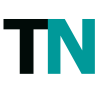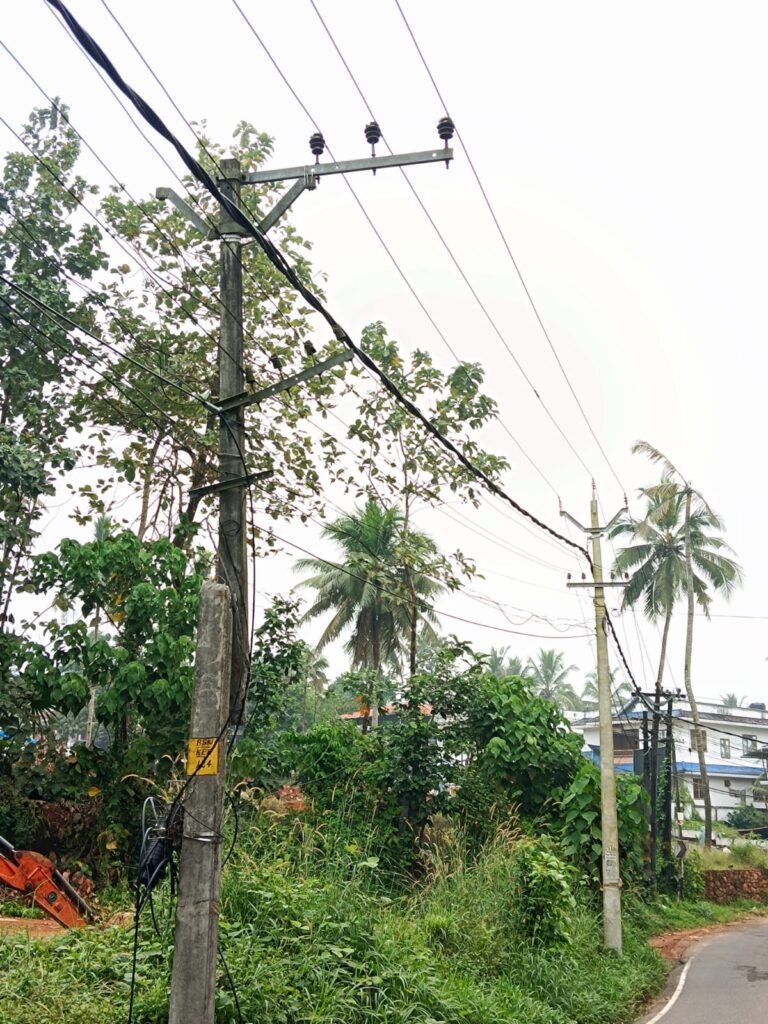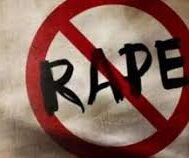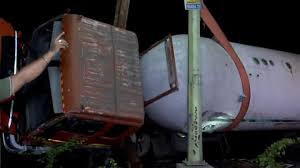Shareholder equity is not directly related to a company’s market capitalization. The latter is based on the current price of a stock, while paid-in capital is the sum of the equity that has been purchased at any price. Shareholder equity is the money attributable to the owners of a business or its shareholders. It is also known as net assets since it is equivalent to the total assets of a company minus its liabilities or the debt it owes to non-shareholders. Accounts within this segment are listed from top to bottom in order of their liquidity.
But, you also need to account for depreciation—and the eventual disposal of property. Costs incurred during an asset’s construction or acquisition that can be directly traced to preparing the asset for service also should be capitalized. In addition, costs incurred to replace PPE or enhance its productivity must be capitalized. Depending on the company, different parties may be responsible for preparing the balance sheet.
What is purchased equipment on account?
PP&E are assets that are expected to generate economic benefits and contribute to revenue for many years. The nature of PP&E assets is that some of these assets need to be regularly fixed or replaced to prevent equipment failures or to adopt a more sophisticated technology. For example, it is normal for companies to repair or replace old factories or automobiles with new assets when necessary. If it is completely depreciated, then no further depreciation should be charged, and the asset remains at 0 Net Book Value.
For this reason, a balance alone may not paint the full picture of a company’s financial health. The term balance sheet refers to a financial statement that reports a company’s assets, liabilities, and shareholder equity at a specific point in time. Balance sheets provide the basis for computing rates of return for investors and evaluating a company’s capital structure. Liabilities are obligations to parties other than owners of the business. They are grouped as current liabilities and long-term liabilities in the balance sheet.
These revenues will be balanced on the assets side, appearing as cash, investments, inventory, or other assets. This line item includes all of the company’s intangible fixed assets, which may or may not be identifiable. Identifiable intangible assets include patents, licenses, and secret formulas.
- No, all of our programs are 100 percent online, and available to participants regardless of their location.
- This means that the balance sheet should always balance, hence the name.
- The balance of the PP&E account is remeasured every reporting period, and, after accounting for historical cost and depreciation, is called the book value.
- Straight-line depreciation is the easiest method, as you evenly spread out the asset’s cost over its useful life.
- It is therefore a kind of expense and is hence included in the income statement within the cost of goods sold.
- Therefore, it is unnecessary to have a separate balance sheet just for your equipment.
Normally, Property, Plant, and Equipment are mentioned as the first line item on the Balance Sheet. Balance sheets are typically prepared and distributed monthly or quarterly depending on the governing laws and company policies. Additionally, the balance sheet may be prepared according to GAAP or IFRS standards based on the region in which the company is located. This account includes the amortized amount of any bonds the company has issued.
Is purchase of equipment an operating activity?
Recognition refers to the realization of a company’s asset as part of a particular category. The recognition principle is a vital part of the accrual-based accounting system. The revenue recognition principle dictates recognizing proceeds as revenue if there is a certainty of receiving payment and should be recorded in the period when services were given. Most generally the credit risk and its measurement hedging and monitoring following items are added to the balance sheet as office equipment. Property, plant, and equipment are fixed assets that the company uses to produce and distribute goods & services and administrative purposes for more than 12 months. An asset is something that adds value to your business and generates income, while a liability represents money owed by your company.
Current assets
For assets that last longer than a year, capitalization provides us with a method to ensure that we recognize an expense for each year the asset is in use – instead of all at once. We discuss how to convert the capitalized asset into an Expense in the sections below. By analysis of the asset and the consequent economic benefits, it is found that the asset can be used for 4 years. According to the second criteria, the company can treat the office equipment as a long-term asset. The balance sheet is imperative to understanding your company’s current financial condition and engaging investors to accelerate the business’s growth.
Balance Sheet
As the company pays off its AP, it decreases along with an equal amount decrease to the cash account. Inventory includes amounts for raw materials, work-in-progress goods, and finished goods. The company uses this account when it reports sales of goods, generally under cost of goods sold in the income statement.
Stay up to date on the latest accounting tips and training
For example, investors and creditors use it to evaluate the capital structure, liquidity and solvency position of the business. On the basis of such evaluation, they anticipate the future performance of the company in terms of profitability and cash flows and make much important economic decisions. Office equipment is classified as non-current assets in the balance of the company.
If an entity does choose to capitalize borrowing costs, they must use the same procedures as used for IFRS, explained below. When the asset’s cost is realized, it includes the initial cost of the asset, cost of bringing the asset on the site, or any installation charges. Any cost of replacement, repairing, and servicing is added to reevaluate asset value for subsequent costs. Regular audits and inspections of your equipment can maximize its efficiency and life expectancy. By accurately managing your long-term assets, you can prevent extended shutdowns that impact your profits.
Purchased Equipment means equipment or other tangible products Customer purchases under this Agreement, including any replacements of Purchased Equipment provided to Customer. Purchased Equipment also includes any internal code required to operate such Equipment. However, both of the methods can be used depending on the nature of the asset.










